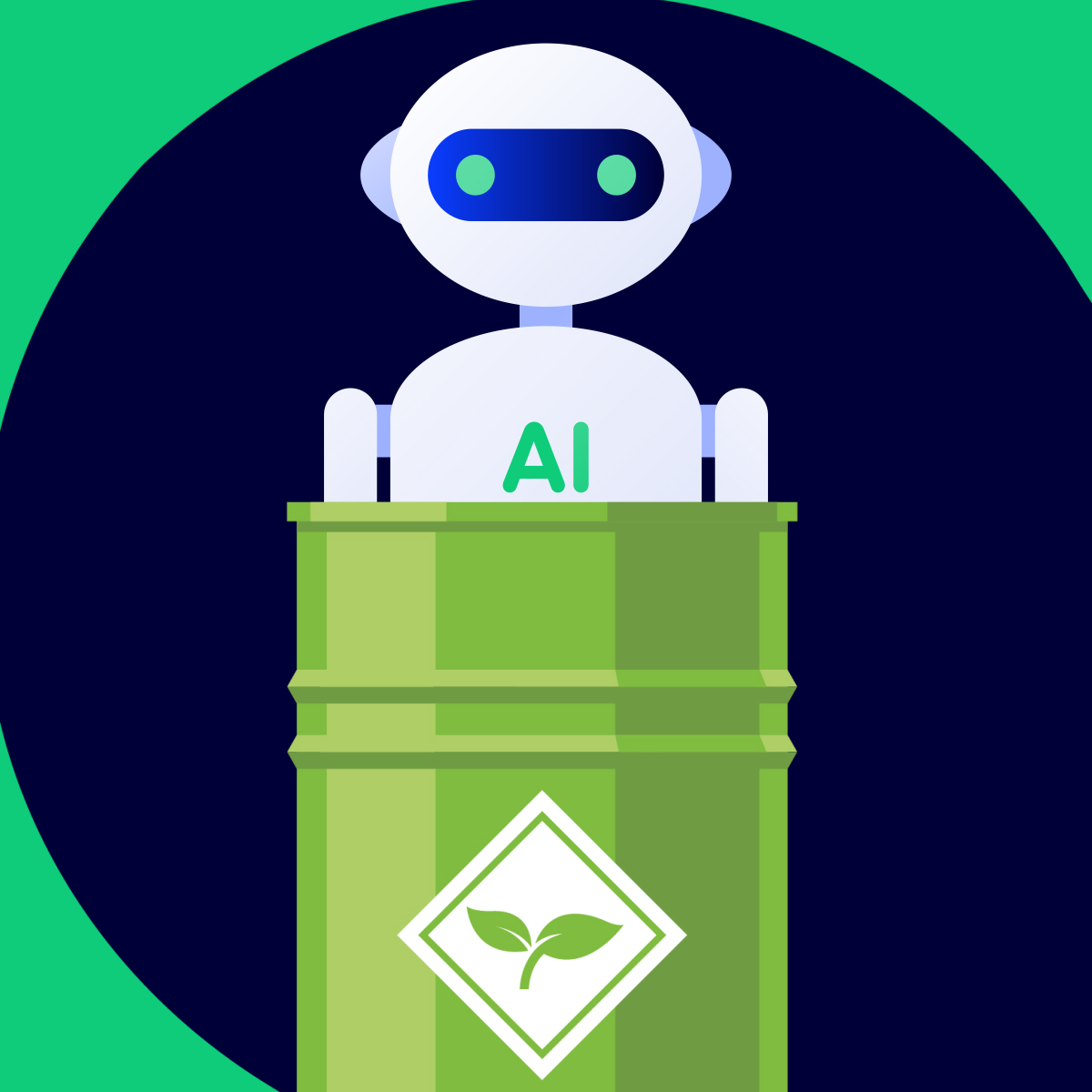
The chemical industry is undergoing a transformation, driven by the need to develop sustainable solutions that minimize environmental impact while still meeting consumer demand. To achieve this, chemical innovation is moving towards sustainable practices that focus on reducing waste, utilizing renewable resources, and promoting circularity. Here are three sustainable innovation trends that are shaping chemical innovation today:
Bio-based materials: Bio-based materials are derived from renewable resources, such as plants or agricultural waste, rather than fossil fuels. These materials can be used in a wide range of applications, from packaging to textiles to construction. By using bio-based materials, the chemical industry can reduce its dependence on non-renewable resources and reduce greenhouse gas emissions.
Circular economy: The circular economy is a model in which resources are kept in use for as long as possible, with waste minimized and materials and products recycled or repurposed at the end of their lifecycle. The chemical industry can contribute to a circular economy by designing products and materials with recycling and reuse in mind, as well as exploring new business models that promote circularity.
Digitalization: Digitalization refers to the integration of digital technologies and data analytics into chemical innovation processes. By using data to optimize processes and improve efficiency, the chemical industry can reduce waste, minimize energy consumption, and improve sustainability.
These sustainable innovation trends are driving change in the chemical industry and paving the way for a more sustainable future. By embracing bio-based materials, circular economy principles, and digitalization, the chemical industry can develop innovative solutions that meet the needs of consumers while minimizing environmental impact. As these trends continue to evolve, we can expect to see more sustainable and innovative products and solutions from the chemical industry in the years ahead.
